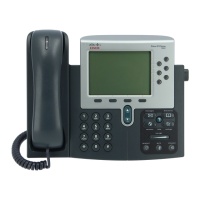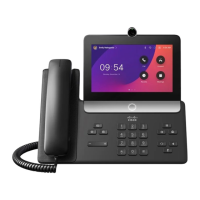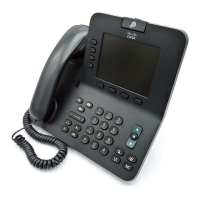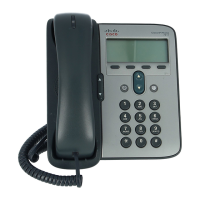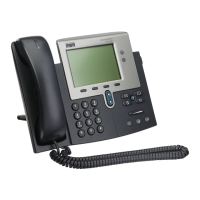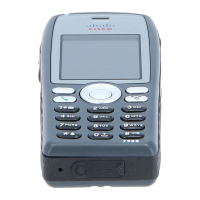1-10
Cisco SIP IP Phone Administrator Guide
Chapter 1 Product Overview
What Is the Cisco SIP IP Phone?
You can configure the IP address and port number of the outbound proxy server. When outbound
proxy is enabled, all SIP requests are sent to the outbound proxy server instead of the
proxyN_address. All responses continue to follow the using the normal Via processing rules. The
media stream is not routed through the outbound proxy.
NAT and outbound proxy modes can be independently enabled or disabled. The received= tag is
added to the Via header of all responses if there is no received= tag in the uppermost Via header and
the source IP address is different from the IP address in the uppermost Via header. Responses are
sent back to the source under the following conditions:
–
If a received= tag is in the uppermost Via header, the response is sent back to the IP address
contained in the received= tag.
–
If there is no received= tag and the IP address in the uppermost Via header is different than the
source IP address, the response is sent back to the source IP. Otherwise the response is sent back
to the IP address in the uppermost Via header.
Note For information on how to use the standard telephony features and URL dialing, refer to the documents
listed in the “Related Documentation” section on page -viii.
Character Support
The Cisco SIP IP phone supports the ISO 8859-1 Latin1 characters. The following languages are
supported:
French (fr), Spanish (es), Catalan (ca), Basque (eu), Portuguese (pt), Italian (it), Albanian (sq),
Rhaeto-Romanic (rm), Dutch (nl), German (de), Danish (da), Swedish (sv), Norwegian (no), Finnish (fi),
Faroese (fo), Icelandic (is), Irish (ga), Scottish (gd), English (en), Afrikaans (af) and Swahili (sw).
The following languages are not supported:
Zulu (zu) and other Bantu languages using Latin Extended-B letters, Arabic in North Africa, and
Guarani (gn) missing GEIUY with ~ tilde.
Note The XML cards, info text, and menus are all in English. These items are built into the phone image and
cannot be changed.
ISO 8859-1 Latin1 characters can be used in the following areas:
• Caller ID information. When a SIP message is received with ISO 8859-1 Latin1 characters in the
caller ID strings, those caller ID strings are displayed on the Cisco SIP IP phone's LCD screen with
the correct ISO 8859-1 Latin1 characters.
• Services menu applications written in CMXML. The customer can develop language-specific
applications for a particular region. For example, an application that displayed the current weather
in Sweden using Swedish language characters can be displayed on the Cisco SIP IP phone. If the
customer develops the same application for a Spanish town, they could translate the application into
Spanish.
• Line key labels. The line keys can be configured to support the Latin1 character. The line key name
can be specified in the config file and it will be displayed correctly. The Latin1 characters cannot be
used in the lineX_name, but can be used in the lineX_shortname and lineX_displayname. If the
proxy supports Latin1 characters in the To/From headers, then they can be used in the lineX_name
parameter as well.
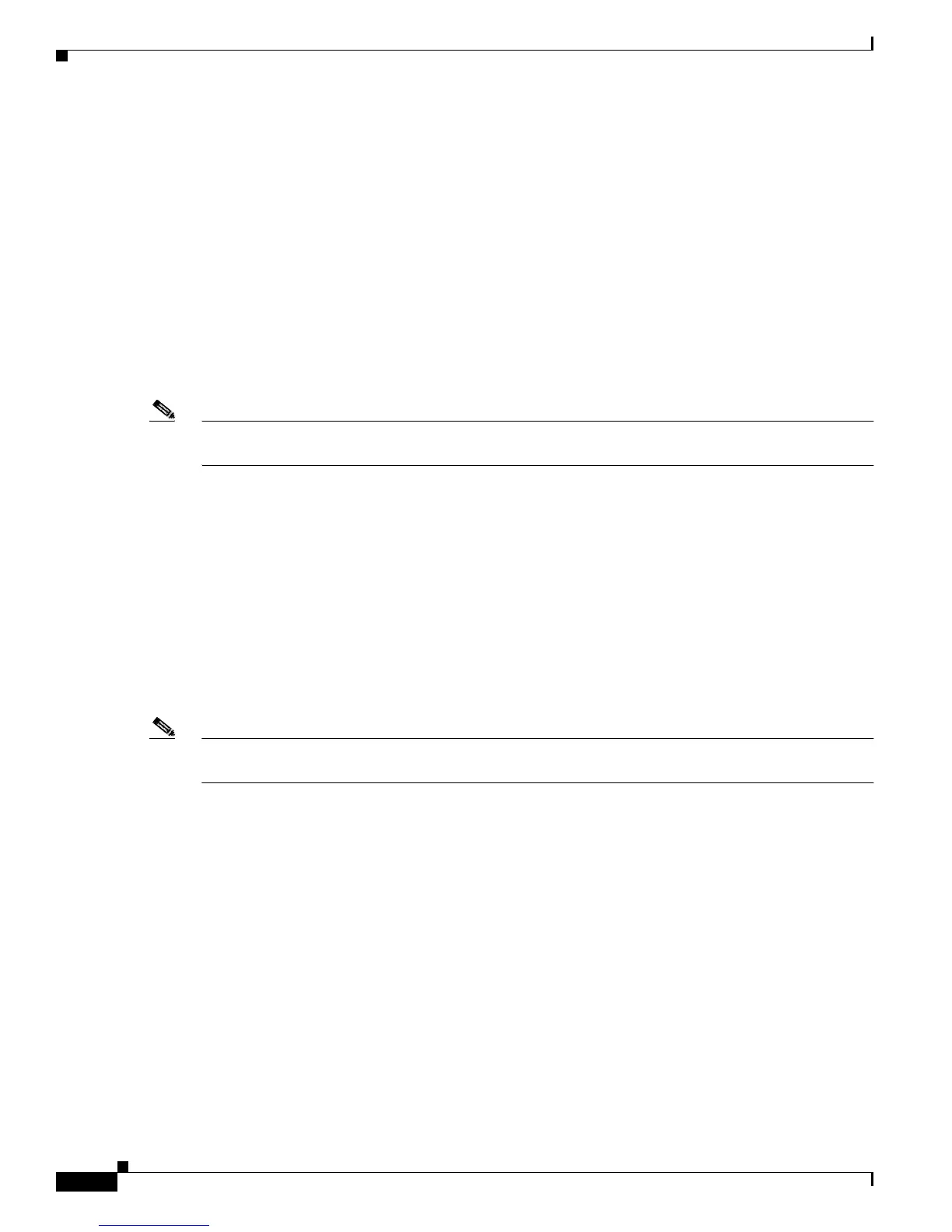